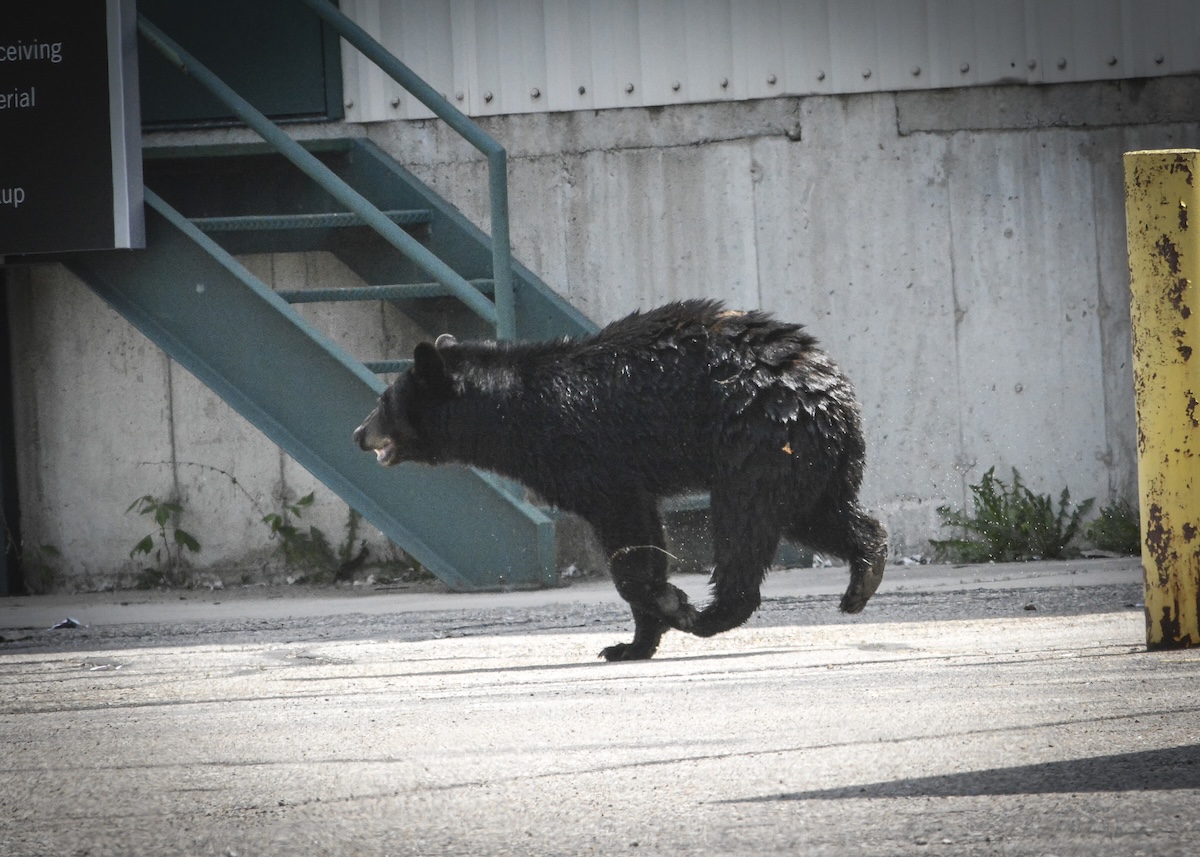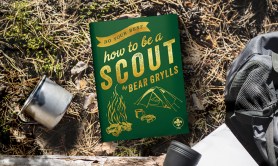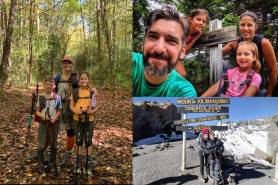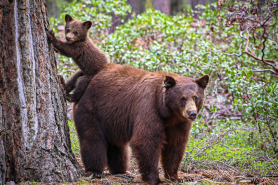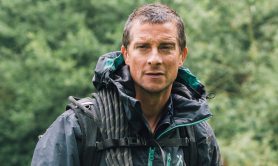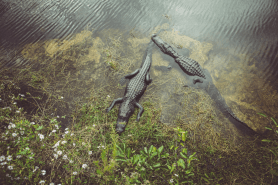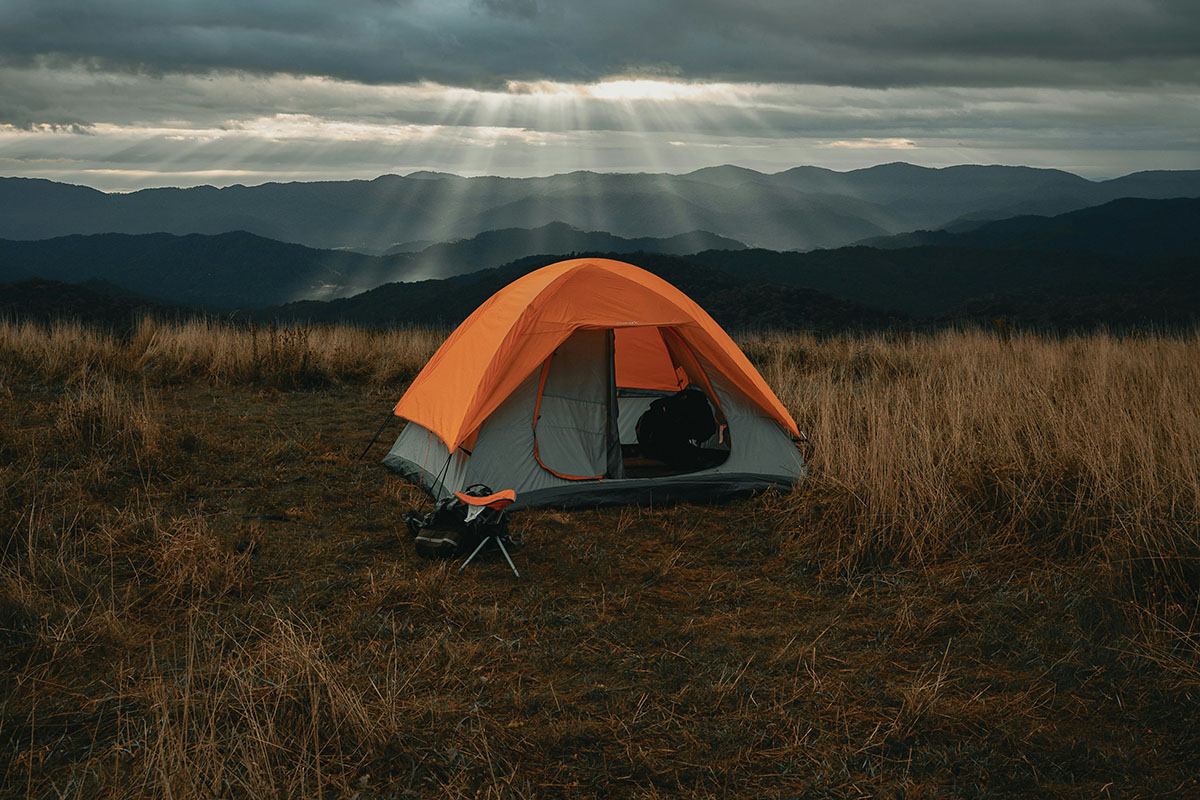

Spending a night in the great outdoors can be a transformative experience. (At the very least, it’s often very fun.) However, it won’t be fun or transformative in any good way if you choose a rotten—or, worse, unsafe—place to set up camp. There are some things you need to know before selecting your campsite.
Videos by Outdoors
If you’re hoping for a good night’s sleep on your next camping trip so you can maximize your time outdoors in nature, there are some things you need to know before selecting your campsite.
Whether you’re at home on a computer choosing a campsite for six months down the road or out in the backcountry looking for a flat place to lay your head for the night, this guide is for you.
In this article, we’ll cover the qualities of a good campsite, offer tips for choosing the best place to set up in the front country and the backcountry, and advise campers on how to pick a location that’s safe for their shelter.
For more information on the different types of camping and what essentials you need for a successful camping trip, check out our comprehensive camping guide and essentials checklist.
Getting Started
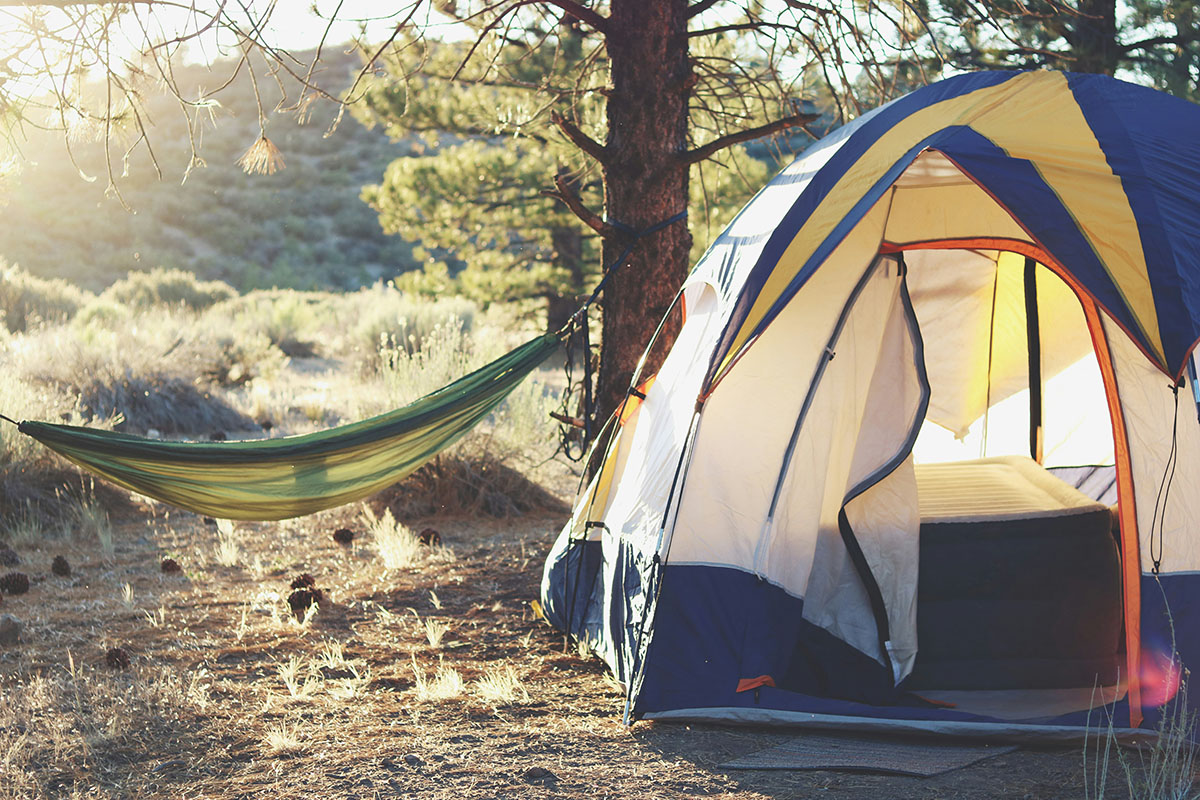
Frontcountry vs. Backcountry Camping
If you’re front country camping, you’re setting up camp in a place that’s relatively easy to access by car, typically in an established campground. Frontcountry camping typically has some amenities onsite or nearby, like fire rings and picnic tables, roads, outhouses or bathrooms, and/or potable water.
Backcountry camping is more remote. There are typically fewer people, fewer or no facilities, and fewer or no established campsites.
Minimizing Impact
Finding the best site may seem like the end goal here, but in reality, your main goal should be finding the best site within the confines of what’s available to you. In other words, don’t spoil the area you’re in just to create the perfect place to set up; instead, work with what you have.
Campers are responsible for taking care of the places they love. Follow Leave No Trace principles, which include:
- Plan ahead and prepare
- Travel and camp on durable surfaces
- Dispose of waste properly
- Leave what you find
- Minimize campfire impacts
- Respect wildlife
- Be considerate of other visitors
Keep these principles in mind as you learn more about how to select a good campsite.
What to Look for: Qualities of a Good Campsite
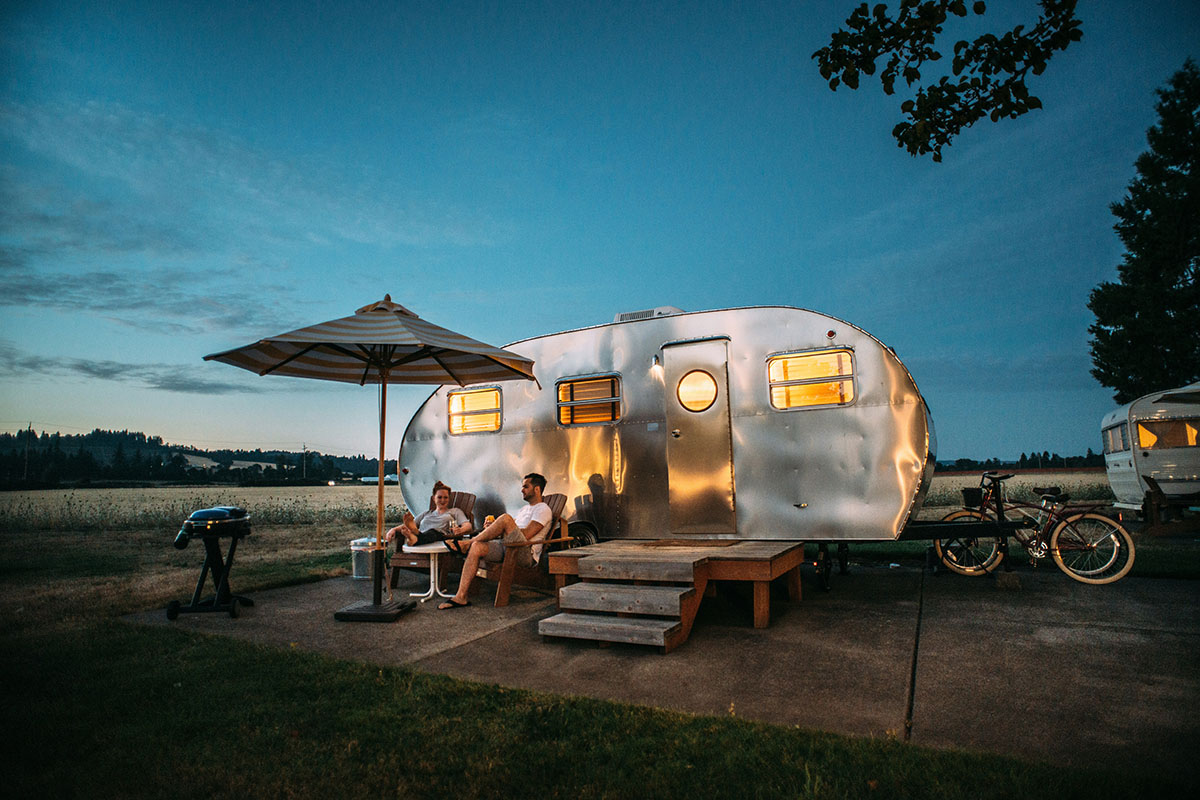
Whether you’re in an established campground or out in the remote wilderness, many of the qualities of a good campsite are the same. Here are some things to watch out for:
- Flat, firm ground: Tents do better on level ground, and it’ll lead to a better night’s sleep.
- Drainage: Where will the water pool if it rains? Don’t pitch your tent there.
- Distance from water sources: You don’t want to be too close or too far from a lake or a river. At least 200 feet away from a natural water source is the golden rule.
- Protection from weather: If there’s wind, rain, or snow, choose a more sheltered spot to set up your tent.
- Maximizing sun and/or shade: Consider where the sun will hit in the morning when it rises and where the shade will be at midday. Depending on your location and the season, this may impact where you decide to set up your shelter.
If you’re in the front country, established campsites will likely already have a cleared, flat spot to pitch your tent and be appropriately distanced from a natural water source. Presumably, the drainage is also suitable at an established campground. However, since you’ll be camping around other people, there are different things to consider when selecting a site.
Tips for Selecting a Frontcountry Campsite
At a Glance:
- Examine the campground’s map
- Consider your equipment and group size
- Read reviews and look at photos
- Consider proximity to features and amenities
When selecting a campsite within an established campground, if you can reserve a site in advance, it pays to do your research. First, if it is available online, take a look at a map of the campground to understand the layout.
Many campgrounds have loops or sections. Some areas may be tent-only, while other areas may be reserved for RVs that want hookups. Depending on your equipment and your group size, you may be limited to the sites you can select within a campground.
Looking at a map can give you basic information like where the site is relative to other sites and amenities and features like bathrooms, trailheads, creeks, roads, and entrances/exits.
To get a more granular look and assess things like available flat space, shade, and the general look and feel of a site, you’ll need to look at photos and reviews.
The campground’s reservation webpage will often have a photo on each site’s booking page. The booking page may also include reviews, but not always. You can also do a web search for the campground’s name to find third-party websites that offer photos and reviews of campgrounds.
I also like to search a campground’s name on YouTube to see if anyone has posted a drive-through video. This gives me a sense of what sites look like in different areas of a campground.
If you want to be close to a bathroom, have a site that backs up to a stream, or camp next to a particular hiking trail, you can use the tools available online to help you find a site that checks these boxes. When you’re ready to book, read our tips for reserving a campsite.
When selecting a first-come-first-served site, you can ask around when you arrive—a camp host or park ranger can likely recommend the best site for you and your group. You can also do a drive-through before deciding where to set up.
Tips for Selecting a Backcountry Campsite
At a Glance:
- Ensure you have enough space
- Set up away from trails
- Minimize environmental impact
- Identify potential hazards
Consider your space needs when searching for a place to spend the night in the backcountry. You’ll need a small clearing to fit your shelter and camp kitchen. The ground should be level and free from rocks and roots. The last thing you want to sleep on is a pointy rock stuck beneath your tent pad.
The spot you find should be away from the trail, so hikers don’t accidentally walk through your site. Similarly, while it is important to camp near a water source in the backcountry, avoid camping near the water’s edge. The National Park Service suggests setting up camp at least 200 feet away from the water.
When in the backcountry, it’s important to find “durable surfaces” for hiking and camping (versus delicate surfaces). The NPS defines durable surfaces as “maintained trails and designated campsites, rock, gravel, sand, dry grasses, or snow.” Finding a good spot is preferred over making a good spot.
It’s particularly important in the backcountry to consider nearby hazards before setting up camp. Don’t camp beneath standing dead trees, don’t camp in valleys or washes that could flood from unexpected rain, and don’t camp on an exposed ridge where wind or extreme weather could put you in danger.
Safety Considerations When Selecting a Campsite
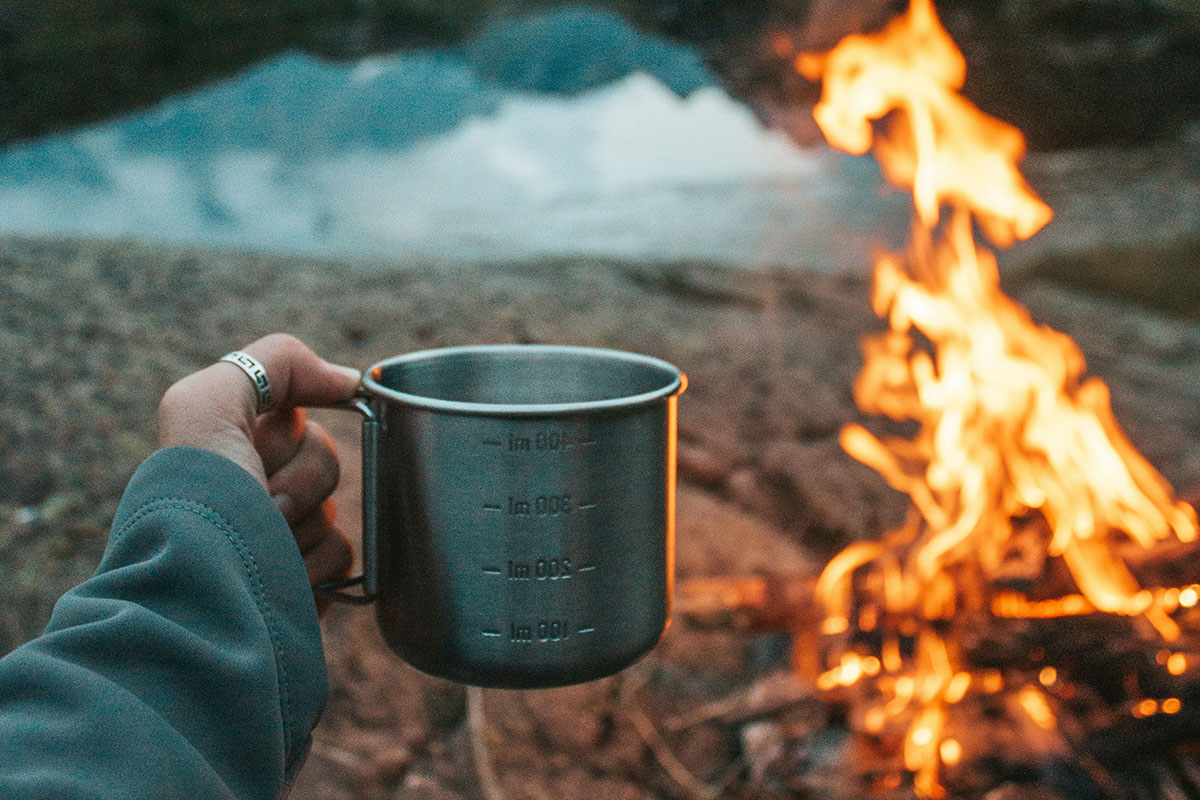
At a Glance:
- Identify and avoid danger zones
- Beware of flash floods, high winds, and other potential extreme weather
- Dead trees can be deadly
- You might not have cell service
- Mind wildlife
Safety should be an important consideration when selecting a campsite. Not every location with some clear ground space and a good view is a suitable place for your shelter.
Do your best to identify and avoid areas that are potentially dangerous when looking for a campsite.
Areas surrounded by rocks may be prone to rockfalls; areas with a shallow water table, like a desert, could experience a flash flood; the valley below a snowy mountain might get swallowed up by an avalanche; and a forest with old trees might rain heavy branches if the wind picks up.
If you’re in an area prone to flooding, select higher ground, just in case. If high winds may become an issue, avoid sleeping under dead trees, also called “widowmakers.” People have died from setting up tents beneath unsafe trees—wind or no wind, just don’t do it.
Remember that you may not be able to use your cell phone in the backcountry. Always bring emergency food and drinking water and a paper map and/or satellite-connected beacon along for backcountry hiking and camping trips. Read more tips on hiking safety and camping safety in our guides.
Pack insect repellent to keep away those mosquitoes, bring bear spray to up your defense against bears, and always be aware of wildlife that inhabit the space where you’ve chosen to set up camp. They were there first, after all.
Final Thoughts on How to Pick the Perfect Campsite
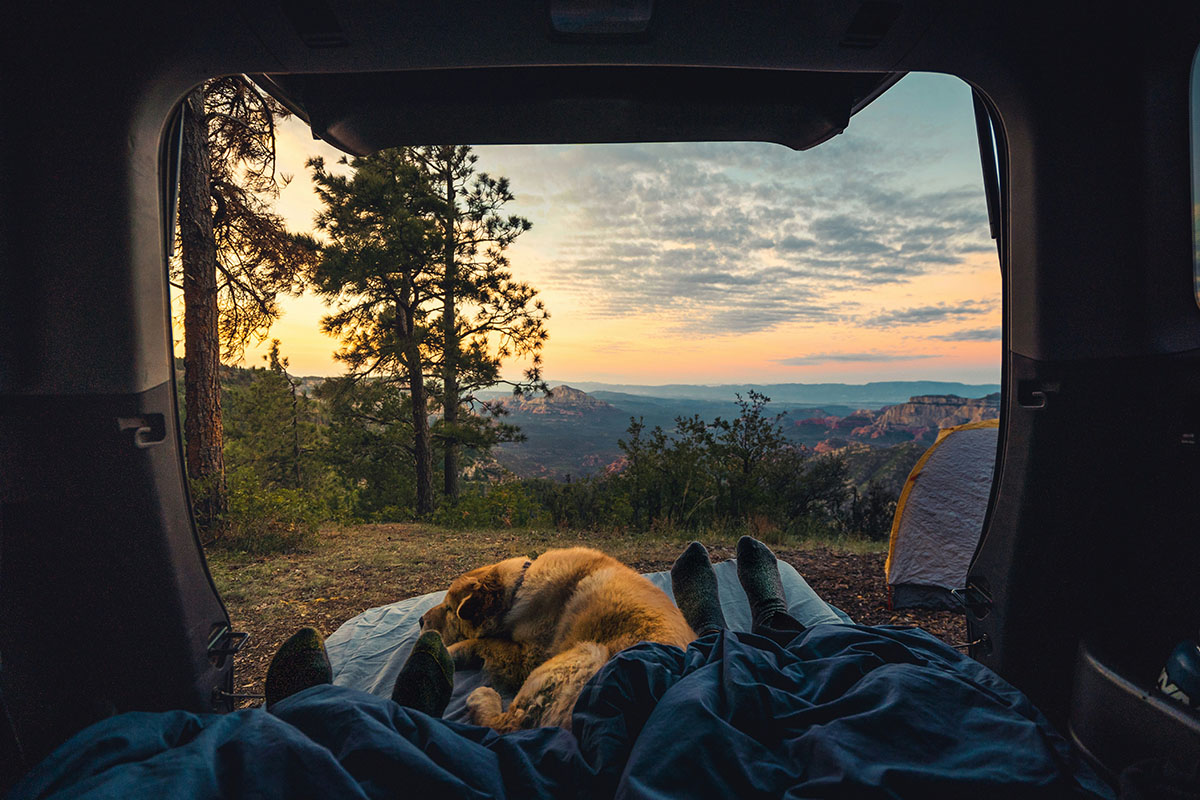
Picking the right campsite can make your camping trip more convenient, fun, and safe. Whether you’re in the front country or the backcountry, the goal is to balance your needs with environmental stewardship, so you can enjoy the land while also leaving it intact for wildlife and other campers.
The more experience you gain selecting campsites, the better you’ll get at spotting the best ones for you, so don’t be afraid to get out there and start adventuring. If you end up sleeping on top of a tree root, you’ll know better next time. (Keep your distance from those widowmakers, though.)

